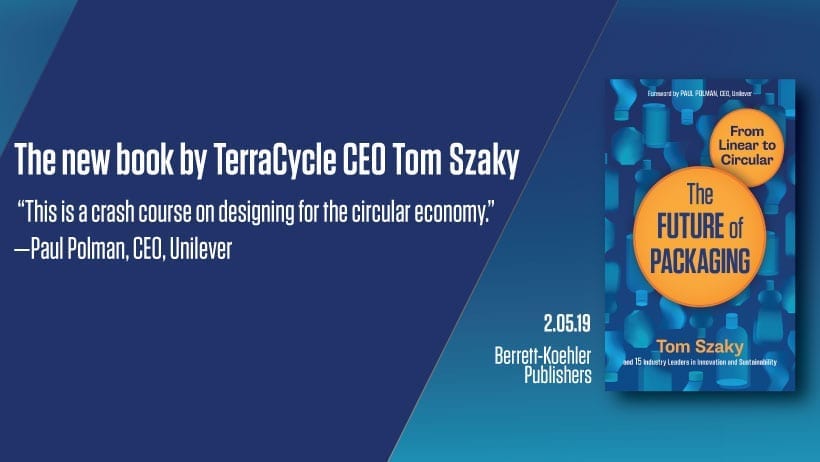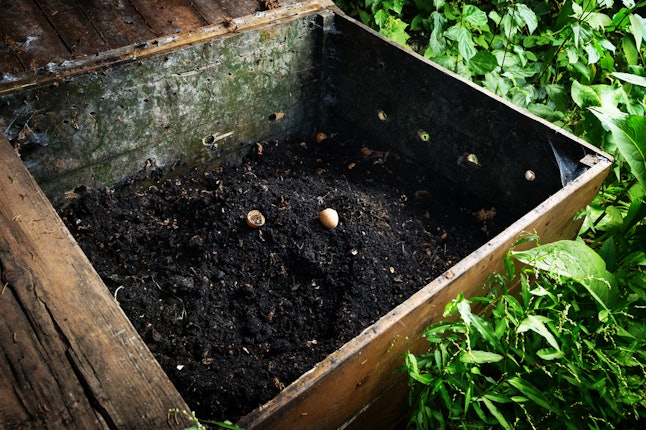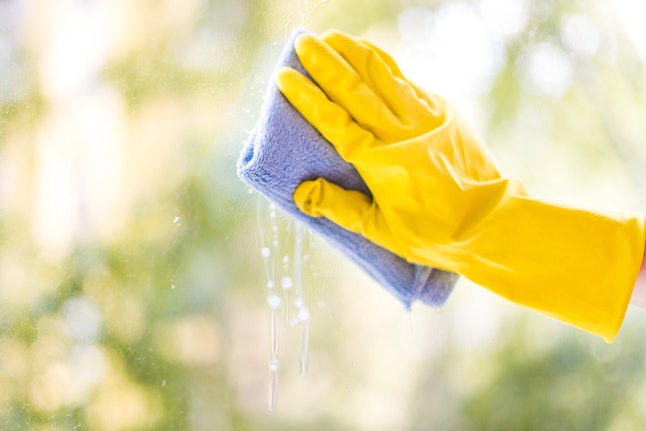Reader Angie sends in this question:
I have lots of toys (mostly plastic) that cannot be donated or passed down. They either broken or missing parts. How do I recycle them? Can I just put them in the recycling bin? What about children’s books that are either ripped, missing covers, or stained. Can I put them in the recycling bin as well? One more question: What is a good way to store books for a long time to be passed down?
Many parents struggle with these questions Angie so thank you for asking!
Toy disposal
Before we look at recycling, there are other ways to keep toys out of the waste stream. Many people take toys and parts of toys and create new toys and various types of art. Check out:
I’m not suggesting that you become an artist in your spare time but consider listing the pile of broken toys on
Craigslist or
Freecycle and see if a creative-type person or artistic group wants them.
One of the more complicated parts about recycling is that every municipality has a different recycling program. The best thing to do is to visit your city’s website and find the information about recycling. Cities may have more recycling options if you are able to drop off at their depot. Earth911 does a great job of
explaining the mystery of why toys are so difficult to recycle.
Another option for recycling toys is to contact
TerraCycle and purchase a
Zero Waste Toy Box.
TerraCycle will ship you an empty box, you fill it with broken toys then ship the box back using the pre-paid shipping label.
TerraCycle will separate the toy’s components and ensure they get into the correct recycling stream.
The Zero Waste Boxes are expensive ($95 USD for the small toys box) so you may want to collaborate with other parents in your neighbourhood, community centre, school, or house of worship. After all, saving the planet is a good cause.
Book disposal
Most untreated paper can be recycled. Many books — especially children’s books cannot because they have been treated with wax, glues, or plastic coating. Investigate your municipality’s recycling website to see what the options are for recycling books. Earth911 explains the
mysteries of book recycling and has some great suggestions for used books including books in “less than prime” condition.
TerraCycle also has a
Zero Waste Book Box which might be an option for your school or local library.
Book preservation
Reading with children is a great way to form a lasting bond. I kept many of our children’s favourite books including the entire
Franklin the Turtle series. To tell the truth, I think I kept them more for me than for my kids. Should I be blessed with grandchildren someday, I would love to share these books with them.
In addition to
our best tips on how to store treasured books, I would suggest to do a gentle cleaning of children’s books. Use an old, clean and soft toothbrush to remove any caked-on food or playdough. If the books have been on a shelf for a while, vacuum the edges with a soft brush using the lowest suction setting. Blot any greasy spots with an absorbent cloth. Ensure books are dry before storing.
Thanks for your great question Angie. We hope that this post gives you the information you’re looking for.
Do you have a question relating to organizing, home and office projects, productivity, or any problems you think the Unclutterer team could help you solve? To submit your questions to Ask Unclutterer, go to our contact page and type your question in the content field. Please list the subject as “Ask Unclutterer.”









